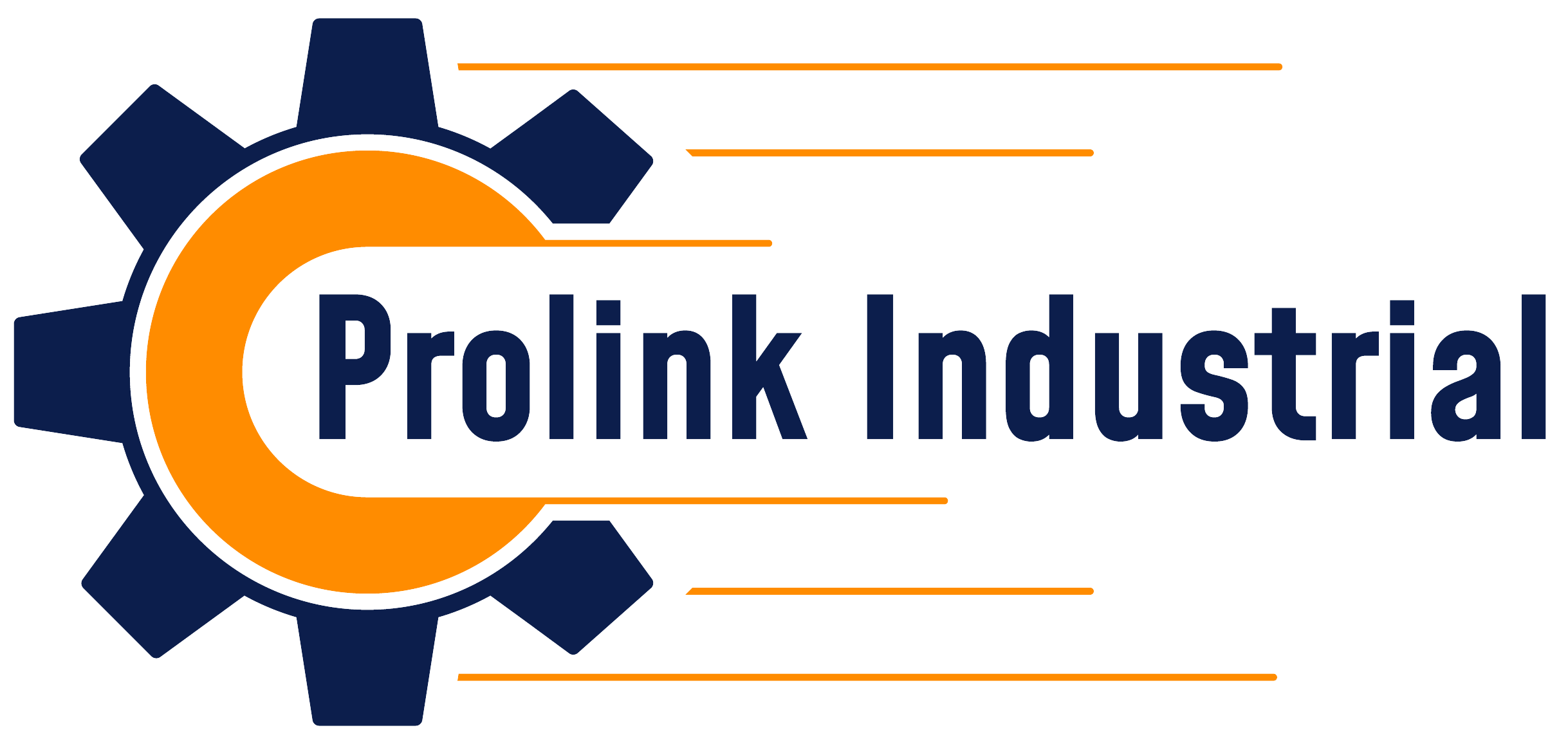Failures happen, and let’s be honest—they’re never convenient. Whether it’s a car breaking down during rush hour or industrial equipment grinding to a halt mid-shift, failures can disrupt our lives and businesses. But when it comes to maintaining complex systems like airplanes, factories, or power plants, understanding and managing failures is a whole science. That’s where Reliability-Centered Maintenance (RCM) steps in to save the day.
In this post, we’ll break down the different types of failures, how RCM tackles them, and why it’s a game-changer for reliability and cost savings. Whether you’re a business owner or maintenance enthusiast, this is your crash course in RCM.
What Exactly Is a Failure in RCM?
Let’s clear this up first: a failure isn’t always a total breakdown. In RCM, a failure is defined as any condition where something isn’t performing as expected. For example:
- A fuel pump that stops working altogether? That’s a failure.
- A fuel pump that still works but is sluggish and doesn’t meet performance standards? That’s also a failure.
Failures in RCM fall into two categories:
- Functional Failures: When an item can’t meet its performance standard. Example: A generator that can’t produce enough power to keep operations running.
- Potential Failures: A condition that signals a failure is imminent. Example: That grinding noise coming from a motor—it’s not broken yet, but it’s getting there.
By identifying these potential failures early, RCM allows you to address issues before they snowball into costly disasters.
Why Do Equipment Failures Happen?
For years, people thought equipment simply “wore out” over time—kind of like how shoes eventually get holes. But studies reveal that 89% of failures in complex equipment are random. That’s right—most failures don’t follow a predictable timeline.
Here’s why:
- Complex equipment is made up of many interconnected parts, each with its own failure mode.
- Some parts might fail due to age, but others fail because of environmental factors, misuse, or plain old bad luck.
This is why RCM focuses on condition-based maintenance rather than arbitrary schedules. Instead of assuming something will fail after 10,000 hours, inspections are based on actual signs of wear or damage.
Evident vs. Hidden Failures
Not all failures are easy to spot. RCM distinguishes between:
- Evident Failures: These are obvious. For example, a conveyor belt that stops moving during production.
- Hidden Failures: These are sneaky. They don’t show up until something else fails. For instance, a fire detection system might fail silently—until it’s needed during an actual fire.
Hidden failures are especially dangerous because they increase the risk of multiple failures. To avoid this, RCM includes regular inspections and “failure-finding tasks” to catch hidden issues before they lead to bigger problems.
The Real Consequences of Failure
Failures aren’t just annoying—they can be costly, dangerous, or both. RCM evaluates failures based on their consequences:
- Safety Consequences: Failures that put people or equipment at risk. Example: A turbine blade breaking mid-flight could cause engine damage and endanger passengers.
- Operational Consequences: Failures that disrupt operations, like halting production or delaying flights.
- Non-Operational Consequences: Failures that don’t affect operations but still cost money to fix, like replacing a backup component.
- Hidden-Failure Consequences: Failures that don’t seem critical but increase the likelihood of a more serious issue later.
RCM prioritizes failures with safety and operational consequences while finding cost-effective solutions for the rest.
How RCM Turns Failures into Opportunities
RCM is all about being proactive. Instead of waiting for things to break, it focuses on identifying early warning signs of failure. A great example is the shift from traditional overhaul schedules to on-condition inspections:
- In the past, maintenance teams would overhaul engines at regular intervals, whether they needed it or not.
- With RCM, inspections are based on real data—like monitoring for cracks or wear. This saves time, money, and resources.
Here’s some real-world data to show the difference:
- The maintenance program for the Douglas DC-8 included scheduled overhauls for 339 items.
- After applying RCM principles, the program for the DC-10 reduced that to just 7 items—a massive improvement.
Not only did this cut costs, but it also improved reliability by focusing on tasks that truly mattered.
Real-Life Data on Failures
A study on Boeing 747s revealed some interesting insights:
- 66.1% of failures were reported by the operating crew (e.g., pilots noticing a system issue during flight).
- 33.9% of failures were detected by maintenance teams, often during routine inspections.
This data highlights why collaboration between operators and maintenance teams is so important. Operators are the first line of defense, spotting evident failures during use, while maintenance teams dig deeper to uncover hidden problems.
Why RCM is a Game-Changer for Maintenance
RCM flips traditional maintenance on its head. Instead of blindly following schedules, it prioritizes tasks based on actual equipment needs and failure consequences. Here are some of the benefits:
- Increased Reliability: By focusing on critical components, RCM reduces unexpected downtime.
- Cost Savings: Eliminating unnecessary tasks and overhauls saves money and resources.
- Safety First: Addressing failures with safety consequences ensures a safer working environment.
Whether you’re managing an airplane fleet or running a manufacturing plant, RCM is the key to keeping things running smoothly.
Conclusion
Failures are inevitable, but their consequences don’t have to be catastrophic. With RCM, businesses can shift from reactive to proactive maintenance, focusing on the things that matter most. By understanding the nature of failures, you can extend equipment life, reduce costs, and improve safety.
So, what’s your take on RCM? Have you dealt with hidden failures or seen the benefits of on-condition inspections? Let’s chat in the comments—I’d love to hear your stories!



